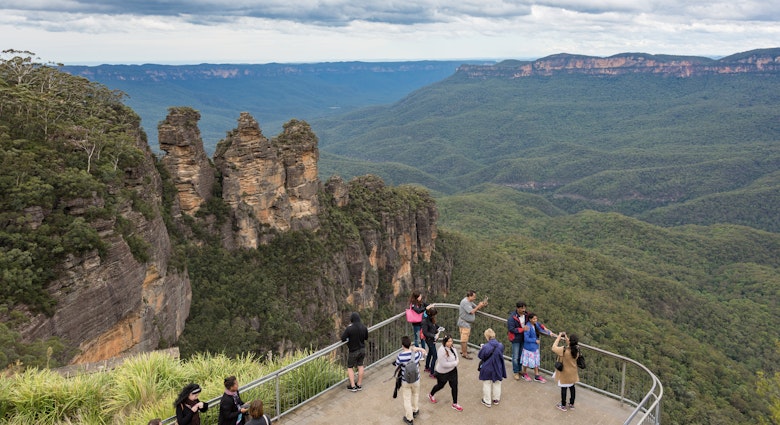
Here's when you can see this summer's Perseid and Delta Aquariid meteor showers
Aug 12, 2020 • 2 min read

The Delta Aquariid meteor shower is officially active from about July 12 to August 23 each year © Diana Robinson Photography via Getty Images
Astronomy fans have been spoilt for choice this summer with two meteor showers illuminating the skies — the Perseid meteor shower and the Delta Aquariid meteor shower — which overlap this month. Meteor showers are celestial events caused by streams of debris left behind in space by comets, and they appear to radiate or originate, from one point in the night sky.
The Perseid meteor shower will rise to its peak this year on the mornings of August 11, 12 and 13, and the meteors will still be visible for about 10 days after the peak mornings, albeit in decreasing numbers. The Perseids are caused by debris falling from the tail of Comet Swift-Tuttley when it comes into contact with the Earth’s atmosphere, and are one of the most popular events for astro-photographers and sky watchers. It is named because the meteors seem to dart out of the constellation Perseus. Dark sky conditions work best, although it is expected that moonlight will somewhat impact on the Perseids' visibility this year, but either way, there will be plenty to see no matter where in the world you are.

The Delta Aquariid meteor shower is officially active from about July 12 to August 23 each year, with its nominal peak visible around July 28. It gets its name because the radiant point of the shower nearly aligns with the star Skat (Delta Aquarii). The shower favors the Southern Hemisphere, although it is still visible from mid-northern latitudes. This shower can be expected to produce 10 to 20 meteors per hour at particular times, and it is less well-known than the Perseid meteor shower, which presents up to 80 meteors per hour. It is likely that some Delta Aquariid meteors will be flying on the same nights, according to Earthsky.
If you want to see the meteor showers up close, NASA is hosting a livestream, alongside the space observation website Slooh.
This article was first published on July 13 and updated on August 12, 2020.
You might also like:
Which US Dark Sky Park is right for you?
Your perfect travel partner based on your zodiac sign
Explore related stories

Beaches
These 5 day trips from Sydney will show you the splendors of New South WalesNov 22, 2024 • 7 min read

 Wildlife & NatureDay trips from New Orleans: 9 can't-miss jaunts from The Big Easy
Wildlife & NatureDay trips from New Orleans: 9 can't-miss jaunts from The Big EasyNov 21, 2024 • 6 min read
 Wildlife & NatureHidden treasures: Where locals love to travel in Argentina
Wildlife & NatureHidden treasures: Where locals love to travel in ArgentinaNov 21, 2024 • 5 min read


 ArchitectureThe ultimate guide to Tibetan Buddhist monasteries: exploring gompas in the Himalayas
ArchitectureThe ultimate guide to Tibetan Buddhist monasteries: exploring gompas in the HimalayasNov 22, 2024 • 7 min read

 Festivals & EventsChristmas dinners around the world: choose your favorite festive dishes
Festivals & EventsChristmas dinners around the world: choose your favorite festive dishesNov 22, 2024 • 5 min read

